Expansion of Construction Sector
The construction sector is witnessing a surge in demand for advanced materials, including glass prepregs, due to their durability and lightweight properties. As infrastructure projects expand and the need for sustainable building materials increases, the Glass Prepreg Market is likely to benefit. The Glass Prepreg is anticipated to grow at a rate of approximately 5% annually, creating a favorable environment for the adoption of glass prepregs in construction applications. This growth indicates a promising trajectory for the Glass Prepreg Market, as it aligns with the industry's shift towards innovative and sustainable building solutions.
Rising Demand in Aerospace Sector
The aerospace sector is experiencing a notable increase in demand for lightweight and high-strength materials, which positions the Glass Prepreg Market favorably. As aircraft manufacturers seek to enhance fuel efficiency and reduce emissions, the adoption of glass prepregs is likely to rise. The market for aerospace composites, including glass prepregs, is projected to grow at a compound annual growth rate of approximately 8.5% over the next five years. This trend indicates a robust opportunity for the Glass Prepreg Market, as manufacturers strive to meet the stringent performance requirements of modern aircraft.
Growth in Renewable Energy Applications
The transition towards renewable energy sources is driving the Glass Prepreg Market, particularly in wind energy applications. Wind turbine blades increasingly utilize glass prepregs due to their superior mechanical properties and lightweight characteristics. The Glass Prepreg is expected to expand significantly, with an estimated increase in installed capacity by over 50% in the next decade. This growth presents a substantial opportunity for the Glass Prepreg Market, as manufacturers align their production capabilities to cater to the rising demand for advanced composite materials in renewable energy.
Increasing Automotive Industry Adoption
The automotive industry is increasingly adopting glass prepregs for various applications, including structural components and interior parts. As manufacturers focus on reducing vehicle weight to enhance fuel efficiency and comply with stringent emissions regulations, the Glass Prepreg Market is poised for growth. The automotive composites market is projected to witness a compound annual growth rate of around 10% in the coming years. This trend suggests a significant opportunity for the Glass Prepreg Market, as automotive manufacturers seek innovative materials to meet evolving consumer demands and regulatory standards.
Advancements in Manufacturing Technologies
Technological advancements in manufacturing processes are enhancing the efficiency and quality of glass prepreg production. Innovations such as automated fiber placement and advanced curing techniques are streamlining production, thereby reducing costs and improving product consistency. These advancements are likely to bolster the Glass Prepreg Market, as manufacturers can produce higher volumes of prepregs with improved performance characteristics. The integration of Industry 4.0 technologies, including IoT and AI, is also expected to optimize supply chain management and production efficiency, further driving market growth.


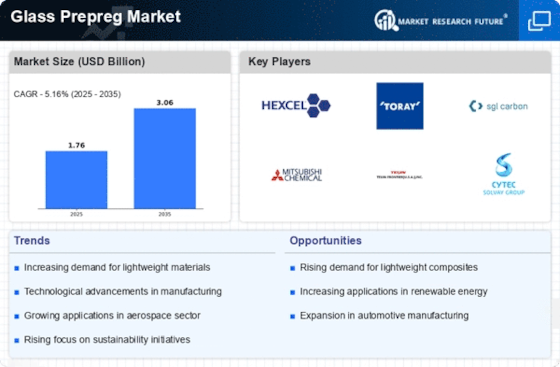
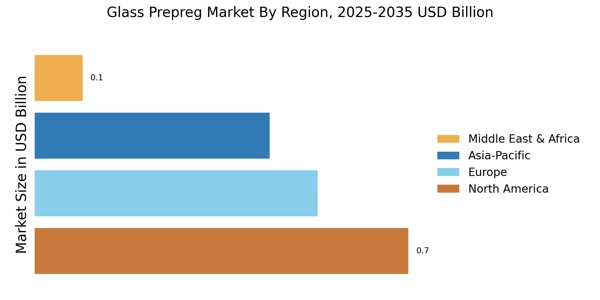
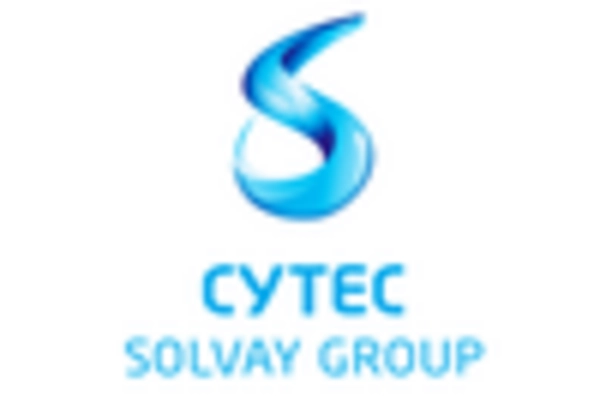
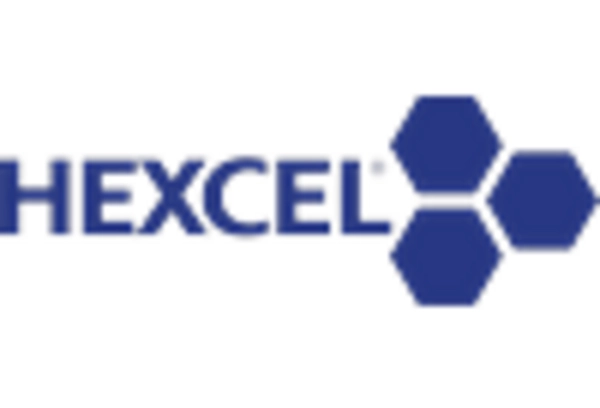

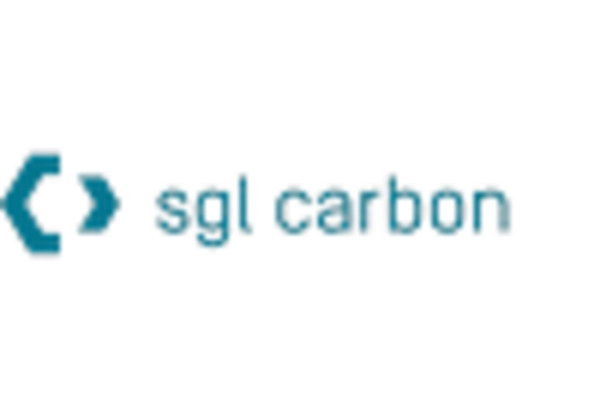

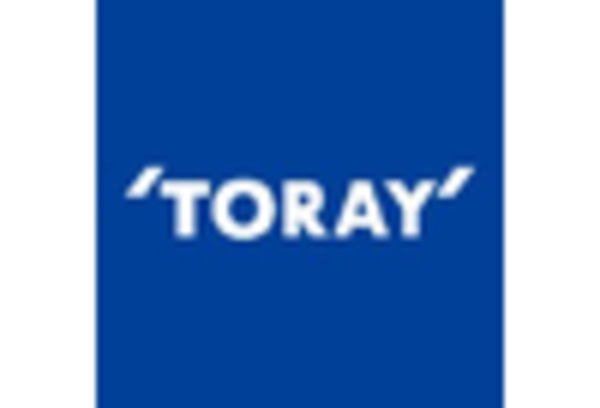








Leave a Comment